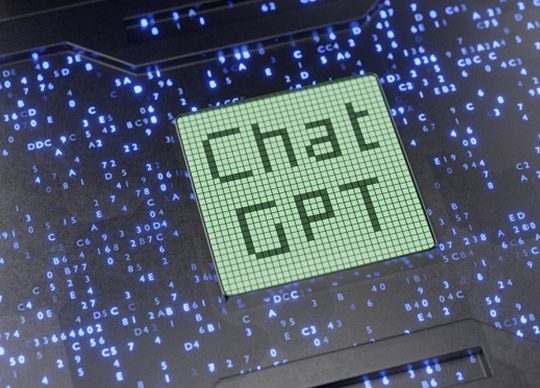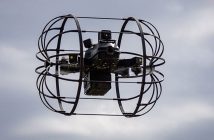
The recent launch of GPT-4 by OpenAI is likely to open the chase for developing stronger AI systems accelerating the evolution towards artificial general intelligence (AGI), says GlobalData.
Kiran Raj, Practice Head of Disruptive Tech at GlobalData, comments: “GPT-4 is a big leap from its predecessor GPT-3.5 given its advanced engine can solve complex problems requiring multiple steps and has ushered into multimodality where it can offer text outputs based on image inputs unlike before. The multimodal capability can be seen as a cornerstone for the progress towards AGI from the existing artificial narrow intelligence (ANI) systems.”
Saurabh Daga, Associate Project Manager of Disruptive Tech at GlobalData, adds: “GPT-4 can be considered a part of the large language model (LLM) family with a demonstratively higher ‘general intelligence’ than the previous AI models. In addition to multimodality, GPT-4 can supposedly drive improvement in AI models apropos performing academic and professional tasks with near human-level proficiency.”
OpenAI boasts that GPT-4 ranked 80 percentile or above in the simulation of complex academic tests such as the Uniform Bar Exam, Scholastic Assessment Test (SAT), and Graduate Record Examination (GRE) outperforming GPT-3.5 and similar models.
That said, OpenAI is not the only player in this rapidly evolving landscape. Google’s Pathways Language Model-E (PaLM-E) and Microsoft’s Kosmos-1 appear to be powerful multimodal AI models capable of text and image synthesis.
Saurabh concludes: “The emergence of GPT-4 has triggered buzz around AGI that it has capabilities beyond language translation to include complex tasks around coding, image synthesis, and law. Albeit an advanced version, the model has limitations that confine it to the realm of limited memory AI. The GPT-4 model still cannot analyze video or audio and has arithmetical capabilities lower than that of a calculator. Nevertheless, like many other technologies, it is likely that the subsequent iterations can be more powerful with fewer errors leading eventually to AGI systems.”






